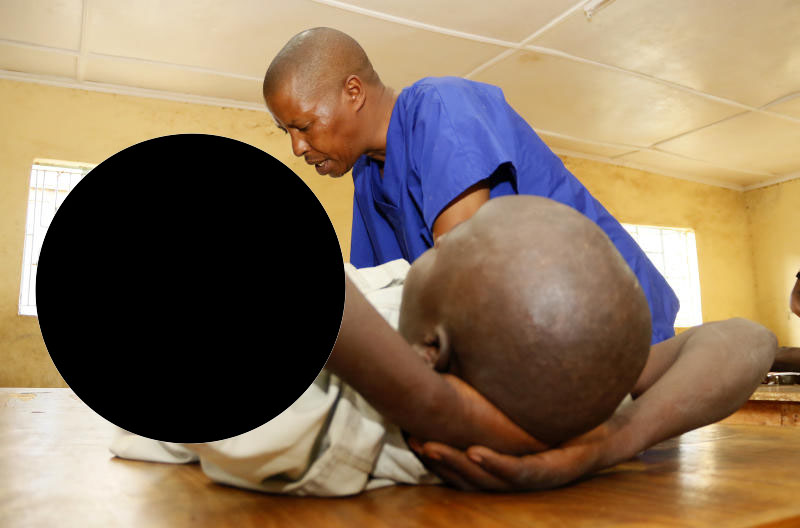×
The Standard e-Paper
Home To Bold Columnists

That male circumcision reduces HIV infections hit the headlines in 2007 after findings in Kisumu proved it slashed heterosexual infections by 60 per cent.
The Kenya AIDS Indicator Survey (KAIS) findings in 2007 concurred uncircumcised males had a five-time higher risk of contracting HIV compared with circumcised ones.